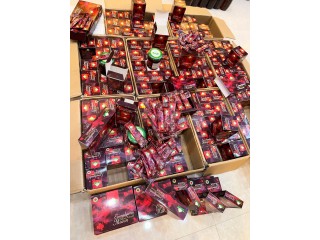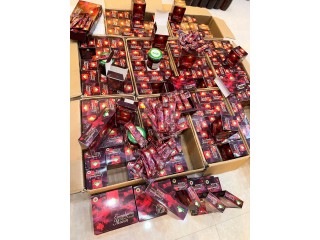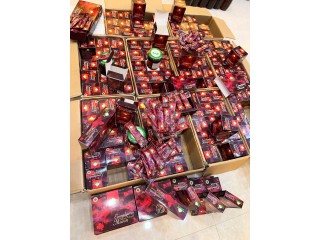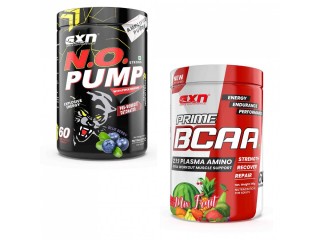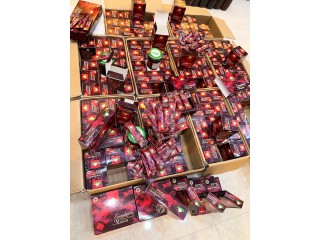How to Choose a Transformer: Dry Type vs. Oil Cooled Private
3 years ago - Fashion, Home & Garden - Barddhamān - 194 viewsTransformers are common and useful devices which take high voltage electricity directly from a power station and convert it to a lower voltage. This allows the energy to be safely and efficiently used by machinery and appliances that can only handle low voltage in spaces such as offices, transportation hubs, schools and factories.
Through this process transformers generate a lot of heat that must be dissipated to keep them running safely. There are two types of transformers being used in the industry currently: Dry-type transformers and oil-cooled transformers. Dry-type uses air as a cooling medium, and liquid cooled uses oil. Although both types have the same end result there are a number of differences between them worth noting, that will affect which type you choose.
Maintenance: Oil cooled transformers required more maintenance procedures, which must be performed more often than dry-type. The oil needs to be sampled to test for contamination, whereas dry type transformer is very resistant to chemical contaminants.
Costs (Initial and Operating): Compared to oil cooled, dry type has a significantly higher operating loss. Oil filled transformers have a higher standard energy efficiency, and as a result have a higher lifespan than dry type.
As the name suggests the coils in this type of transformers are immersed in oil (mostly mineral oil) which helps in keeping the temperature of the transformer under control. This oil type transformer dissipates the through the radiators which are attached on the tank of the transformer and are referred to as ONAN type transformer. To further improve the cooling of the transformer the radiators are installed with fans which helps in bringing down the temperature and referred to as ONAF type transformer. This type of transformer can reach high voltage capacity, in some cases 1000kV.
Dry Type Transformer
In this type of transformer, air is used as the cooling medium. They are made using vacuum pressure impregnation in polyester or silicone varnish. Some of them are also made using VPI epoxy and cast resin for tougher environmental conditions. Since they are limited with regards to cooling aspect the maximum voltage is limited up to 35kV.
Switchgear
Switchgear is electrical distribution equipment: it accepts power from a source, routes it to a number of outputs and provides overcurrent protection and control functions. Of the types of distribution equipment described in the NFPA 70: National Electrical Code Article 408: Switchboards, Switchgear and Panelboards, switchgear is generally the most robustly constructed, the largest and the most expensive. It’s typically applied in high-reliability facilities, like hospitals or data centers, where continuity of power is critical to effective operation.
Switchgear is available in a wide range of voltage ratings, from below 1,000 volts to more than 200 kilovolts. Medium-voltage switchgear, rated above 1,000 volts, is manufactured by producers in a variety of configurations. Assemblies are available for exterior padmount installation, vault installation or installed in dedicated freestanding metal buildings, with air, gas, vacuum or oil as insulating media. This discussion will focus on interior low-voltage switchgear.
5. Most substation is installed as air-insulated substations, implying that the bus-bars and equipment terminations are generally open to the air, and utilize insulation properties of ambient air for insulation to ground. Modern substations in urban areas are esthetically designed with low profiles and often within walls, or even indoors.
6. Metal-clad substations are also air-insulated, but for low voltage levels; they are housed in metal cabinets and may be indoors or outdoors.

